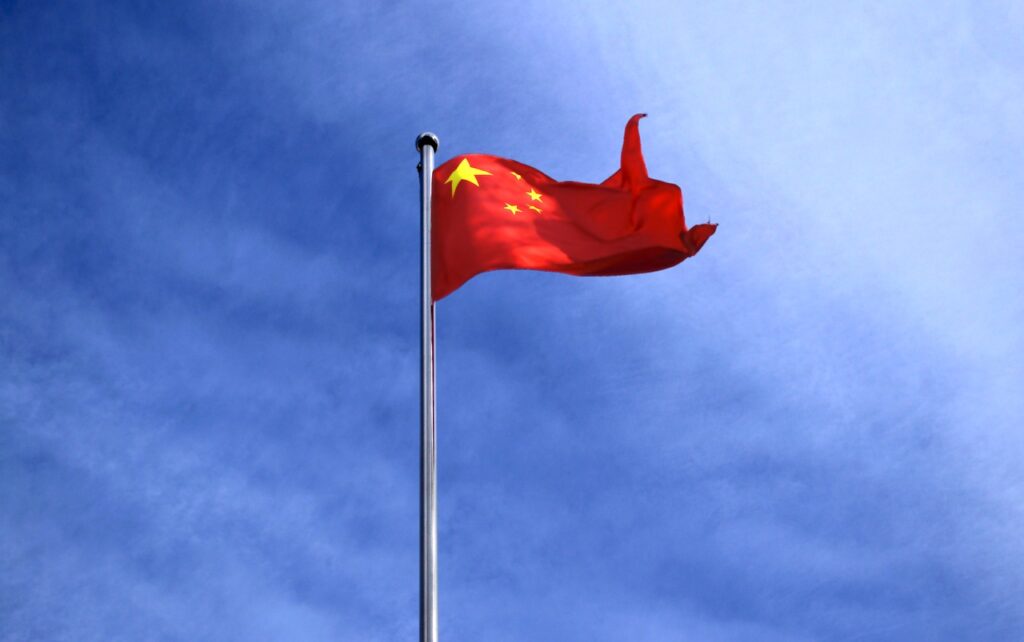Sinopec recently achieved the mechanical completion of its capacity expansion and renovation project for the Guangzhou Petrochemical Hydrogen Fuel Cell Hydrogen Supply Center.
This development is poised to impact the hydrogen energy landscape in the Guangdong-Hong Kong-Macao Greater Bay Area and the broader South China region.
The project includes a hydrogen purification unit capable of processing 5,200 standard cubic meters per hour, a hydrogen refueling station, and additional supporting units. With this expansion, Sinopec’s total fuel cell hydrogen production capacity at Guangzhou Petrochemical will exceed 5,100 tons per year, alongside an increase in hydrogen filling stations from five to eight. This expansion aims to address the growing hydrogen demand in the region.
The technological advancements claimed by Sinopec, including achieving a hydrogen purity of 99.999% since December 2020, are notable. High-purity hydrogen is crucial for fuel cell efficiency and longevity. However, maintaining such purity at scale can be challenging, and the operational efficiency of these units over time will be a critical factor in their success.
The strategic location of the supply center in the Guangdong-Hong Kong-Macao Greater Bay Area positions it to significantly influence the region’s hydrogen infrastructure. This area is a burgeoning hub for economic activity, and enhancing its hydrogen capabilities could support various industrial applications, including transportation and manufacturing.
However, despite the increased capacity, the real challenge lies in the broader adoption and infrastructure development for hydrogen fuel cells. According to industry reports, the infrastructure for hydrogen refueling stations across China remains limited compared to other regions like Japan and Europe. While Sinopec’s expansion is a positive step, a more comprehensive network of refueling stations is necessary to support widespread hydrogen vehicle adoption.
